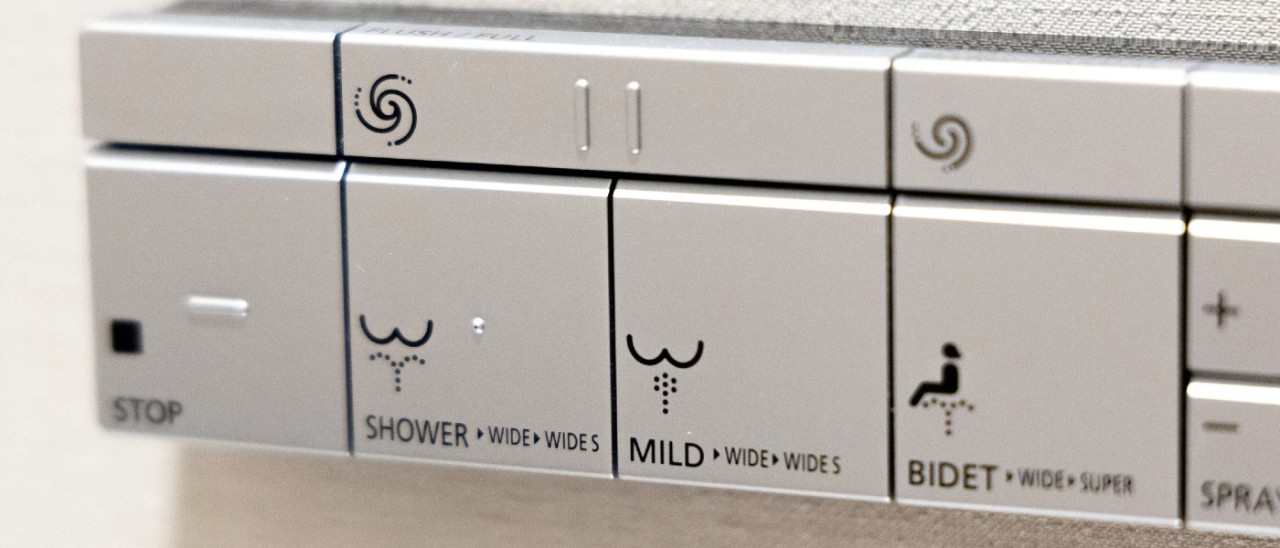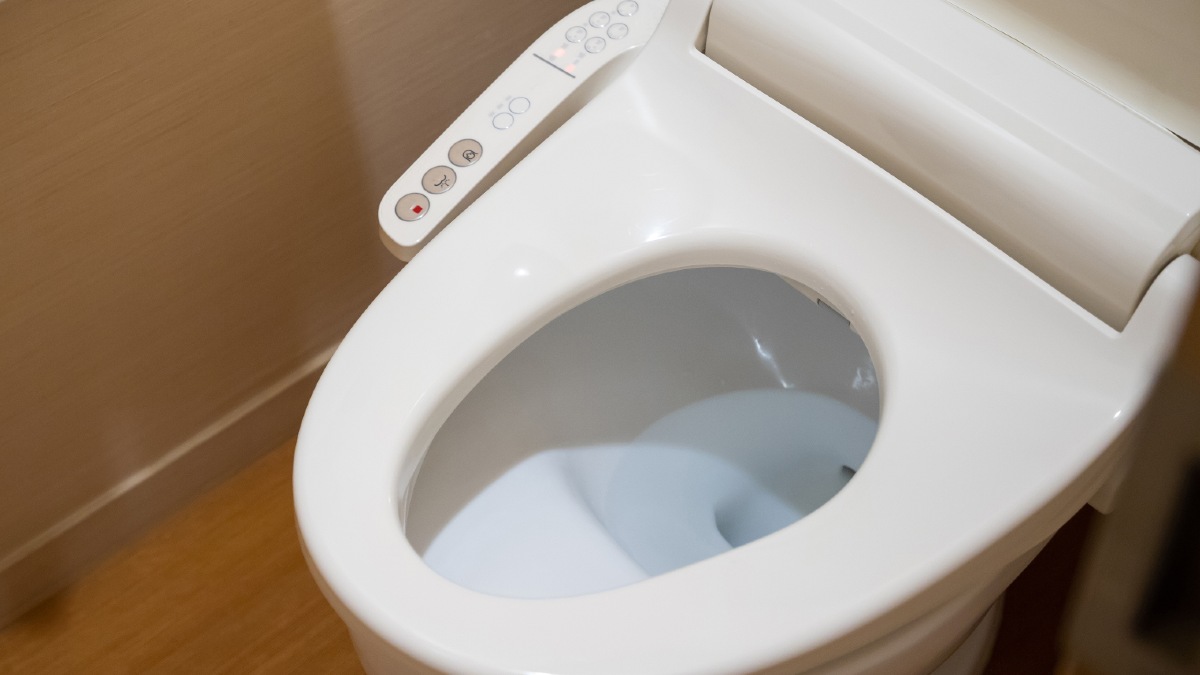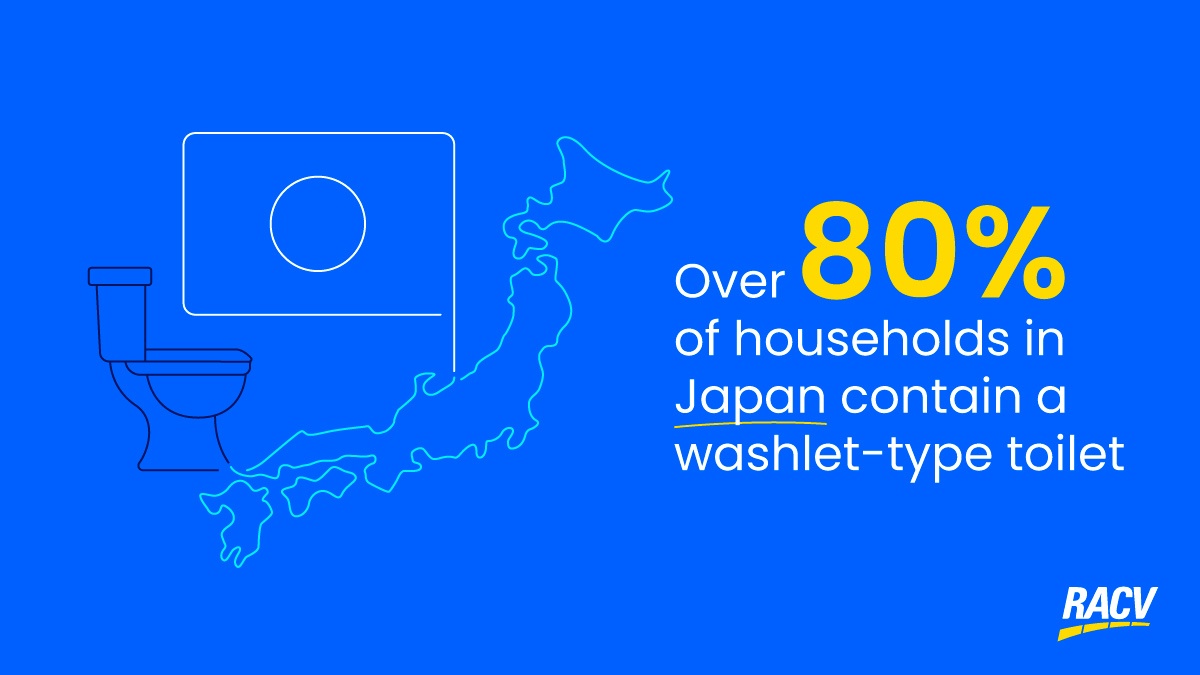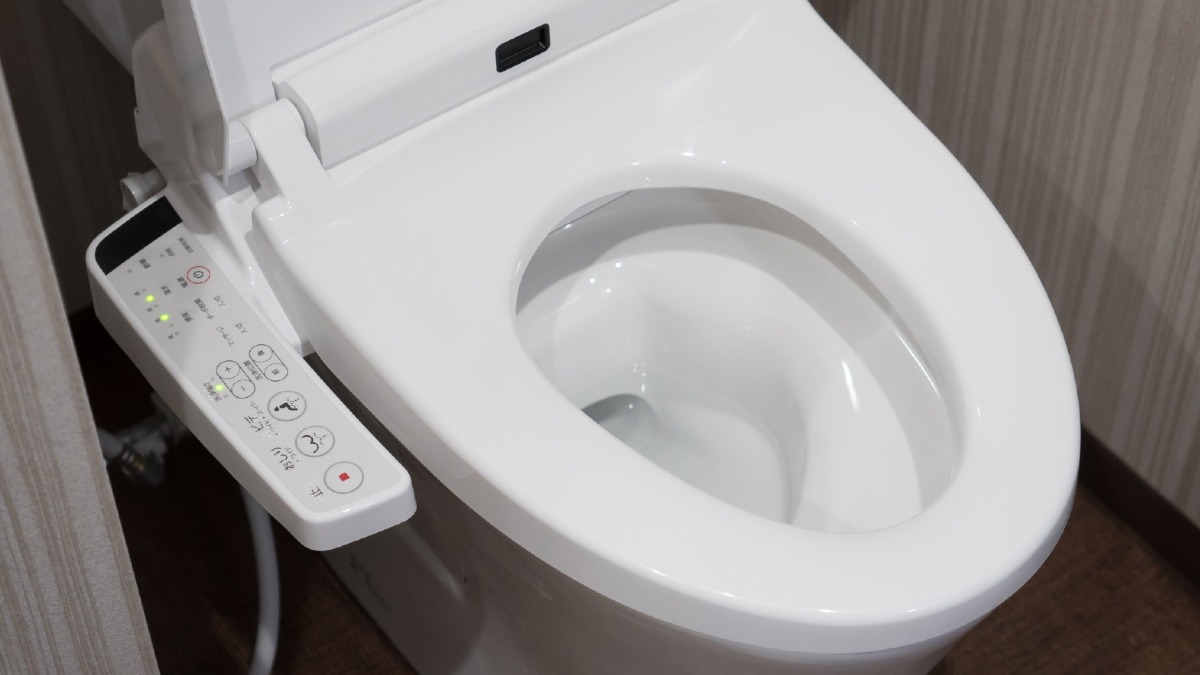A leaking pipe, a blocked drain or a suddenly cold shower can quickly disrupt your day - and, if ignored, can lead to expensive damage. If you have a waterworks problem, get these repairs done by a reliable, licensed plumber.
Should you buy a Japanese toilet for your home?

High-tech Japanese toilets can include features like heated seats, bidets and dryers. Here’s what you need to know about installing one of these smart toilet seats in Australia.
Japan is a popular tourism destination, with travellers flocking to the country to experience the culture, food and remarkable landscape.
From cherry blossoms to bullet trains, there are many amazing things to experience in Japan – including their toilet seats.
High-tech Japanese toilet seats invariably make quite the impression on travellers for their ease of use and hygiene benefits. You can find these smart appliances in most hotels, restaurants and public restrooms in Japan. If you visit a local friend, you’re likely to see one at their home too: over 80 per cent of households in Japan now contain a washlet-type toilet.
As well as becoming more common in Australian hotels, bidet toilet seats are readily available at speciality bathroom shops, hardware stores and online. Here’s everything you need to know about Japanese bidets, including whether you need an electrician and plumber to install one.

Basic Japanese toilets come as electronic bidet toilet seats that can attach to Western-style toilets. Image: Getty
Guide to Japanese toilets
What are Japanese toilet seats?
Japanese toilets, also called smart toilets or electronic toilets, are advanced bidet-style toilets that wash you after you go to the bathroom.
Basic Japanese toilets come as electronic bidet toilet seats that can attach to Western-style toilets. These seats have an added nozzle that extends from under the seat to rinse you with a jet of warm water. These toilets then use warm air-dryer to complete the process. These features are usually controlled by a remote control or on a nearby mounted panel.
More advanced Japanese toilets can also act as a nightlight, automatically open the lid, heat the seat, automatically flush, and deodorise your bathroom. You can even get Japanese toilet seats that massage your bottom while you sit. The most popular toilet feature is the Toto Otohime (Sound Princess) device, which was developed to make running water sounds, helping to curb toilet anxiety in offices and other public spaces. Japanese smart toilets can now play water noises, birdcalls or music to mask sounds.

What are the benefits of using a Japanese toilet?
Japanese toilets are often more comfortable, more hygienic and more energy efficient than Western toilets. The newest Japanese toilet models have antibacterial toilet seats that can warm up the entire bathroom at a pre-set time, oscillate water pressure to better clean you and absorb odours after you leave the seat.
These toilets are also helpful for people with restricted mobility. A motion-sensor lid that automatically opens when approached means that you don’t need to bend down to lift the lid yourself. The same also applies for flushing. Restricted mobility can also make twisting to clean yourself difficult. In this case, a Japanese toilet’s bidet function comes in handy.
Not requiring toilet paper also helps people with piles, fissures, haemorrhoids and other medical issues, not to mention saving you dollars at the supermarket.
Are Japanese toilets more hygienic than Western toilets?
Generally, Japanese toilets are the most hygienic option for your bathroom.
Japanese toilets often use a special non-stick coating that helps to prevent stains and debris. Their bowls are also usually rimless, making it difficult for germs to hide. Some brands have their toilets spray electrolysed water onto the bowl after every flush. This is a slightly acidic water that effectively kills bacteria. They can also use a zirconium coating combined with ultraviolet light for a similar effect.
The most modern Japanese toilets also use catalytic converters and other technology to fight nasty odours.
Are Japanese toilets popular in Australia?
Luxury five-star hotels in Australia were the first to install Japanese toilet seats in their rooms to impress their guests. The popularity of bidet toilets in Australia is reflected in the diversity of brands and models available through big retailers, bathroom stores, and online.
Japanese brand Toto remains a leading manufacturer of luxury smart toilets around the world, but it faces competition from less expensive brands that are also sold in Australia. In 2018, the Japan Sanitary Equipment Industry Association standardised the pictograms on toilet controls, which makes using different brands much simpler.

You will need a plumber and an electrician to install a Japanese toilet. Image: Getty
How much do Japanese toilets cost? Do they use more energy?
You can purchase an entry-level Japanese toilet seat for less than $2,000, while top-of-the-range toilet suites can cost upwards of $33,000. Japanese toilets can be more affordable than installing both a toilet and a bathroom bidet, because they combine the two in one appliance.
Japanese toilets can create water savings thanks to technology that causes water to naturally swirl around the bowl after being released from the sides, rather than being flushed down from above. Toto engineers took their flush volume from 13L in the late 1990s to 3.8L by 2002. For reference, Australian single-flush toilets usually use 11L per flush; the most efficient dual-flush toilets use 4.5L.
You will also, of course, spend far less on toilet paper. This also helps curb the environmental impact of toilet paper production.
How are Japanese toilets installed?
You will need a licensed electrician and plumber to install a Japanese toilet in your home.
“A Japanese toilet’s plumbing is essentially the same as a Western toilet, but you will also need to connect the toilet to a power source,” said Nathan Tayeh, RACV Trades Senior Products Manager.
“With plenty of Australians currently looking to upgrade their bathrooms, keep in mind that while some renovations can be done yourself, changing your toilet should be left to the professionals.”
It is actually illegal in Australia to install bidet products yourself, because DIY plumbing and drainage work can put your health and safety at risk.


